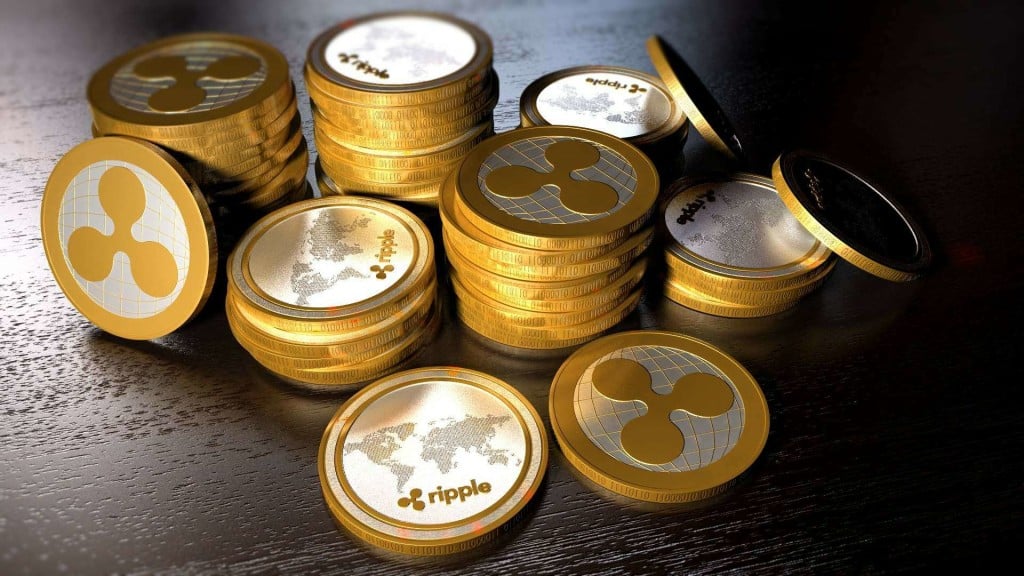A Quick Look at Ripple

It may sound contradictory, but the Ripple network is going to be making a big splash in the financial world. Some would argue it already has, with the Fed releasing a research paper praising the technology and banks beginning to use it. So what exactly is Ripple?
Ripple is an open source protocol for sending money that takes the logistical benefits of a digital currency like Bitcoin but is able to be an almost drop-in replacement for the current value transfer systems we use today. Rather than banks using their domestic Central Bank to clear transfers, they can use the lightning fast (3-5 second settlement) and incredibly cheap (< a penny) Ripple network.
Ripple is able to do this because it’s purpose is not to create a new currency like Bitcoin but rather to simply modernize the way we settle the movement of our existing currencies — using similar technology to Bitcoin. The Ripple network connects different gateways together. Gateways are the on/off ramps of the Ripple network; they can be a bank, organization, or even loaded individual that you trust to actually possess the money you are sending/receiving on the Ripple network. Ripple’s network works a lot like the current banking system. What the Ripple network is doing is keeping track of who owes who money and gateways continue to operate as trusted members of the Ripple network as long as they honor their obligations.
Technically, money doesn’t physically leave a gateway when it is sent using Ripple, rather Ripple keeps track of the gateways’ debits and credits using a distributed consensus system and immutable ledger of transactions similar to the way Bitcoin does.
But remember, while Ripple is an open network that can be used between two individuals, it is intended to replace the low level systems banks and other money transferors currently use. These institutions can begin using Ripple between themselves and the customer never has to know how their money went from Point A to Point B.
In other words, when a Wells Fargo customer wants to wire transfer money to a Bank of America customer, rather than going through the FedWire system and trusting the Fed as a third party, Bank of America will gain a credit (kept as a record on the Ripple network’s ledger) at Wells Fargo for the amount the customer transferred and the customer is none-the-wiser. They simply used their normal online banking app and enjoyed lower fees and a faster transfer. It’s up to Wells Fargo and Bank of America to decide if they want to physically move cash between each other, or hope that a similar transfer will go through in the opposite direction and effectively cancel out the first transfer.
That’s the beauty of Ripple — everybody can continue to use their existing apps and services, the fees just magically get lower when third parties drop out of the equation.
Ripple Labs, the company that created the open source Ripple software, has released an excellent video with graphics to help bette understand how it all works.
If you’re interested in creating your own Ripple trading platform, contact us and we can show you how our customizable trading platform, ETNA Trader, can be applied towards any asset class.